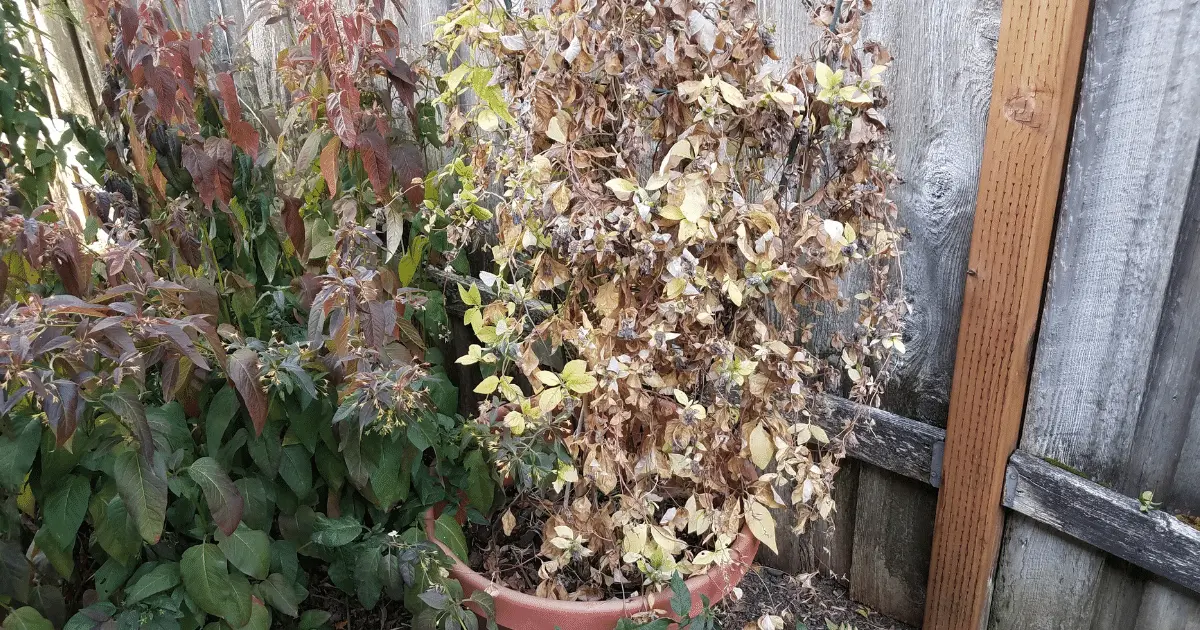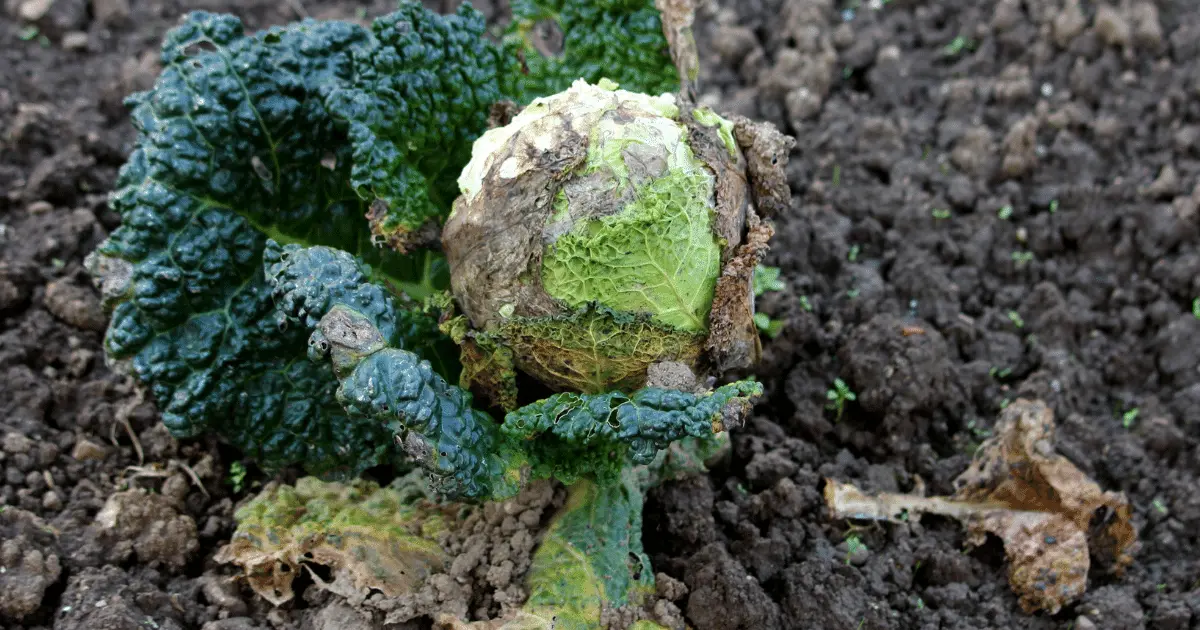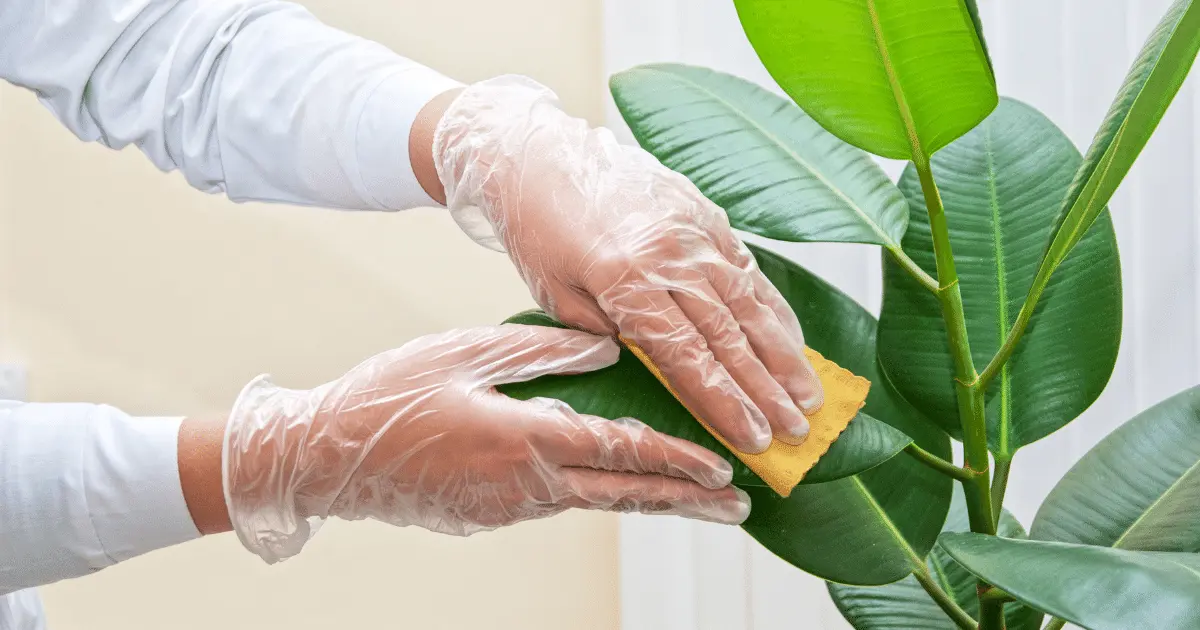Plants can give your home or yard a more organic aesthetic touch. Indoor plants are more complex than we realize. They can relieve allergies and listen to music; studies indicate they may even feel pain.
Choosing the right plant for you is difficult, and keeping it alive is even more difficult. However, because each plant has different requirements, it takes work to keep them thriving at all times. However, if the issue continues or worsens, it might be time to take action.
To help you determine exactly what your plants require and how to revive them, we’ve outlined all the signs you should watch out for, and the best treatments for every problem a plant might experience.
How Can I Revive A Plant?

Plants are more resilient than we realize, and there’s no need to panic when you see a yellow leaf or droopy foliage.
But sometimes, it is hard to understand your plant’s needs intuitively, and now it’s at death’s door. Before you give up and throw it out, here are some steps that might help revive your plant.
Identify The Problem

There are various reasons a plant might need to do better than before. Identify the problems of the plant and work towards fixing them. Here are some common problems a plant might face and how to fix them.
1. Shriveled leaves are a sign of underwatering. You might need to water the plant more if the leaves are wilted. If this is the case, you may notice that many of the plant’s leaves are falling off. The easy solution, in this case, is to water the plant more and be more observant of changes.
2. Touch the soil to check the moisture level. Squeeze a handful of soil into your palm from a few inches beneath the surface. The soil is very moist if it clumps together and stains your skin. You could be over-watering. The soil is dry if it crumbles apart without staining your skin. You may need to water more frequently.
3. You can spot over-watering by its droopiness and dampness. If your plant is wilted and droopy, it could be unhealthy due to overwatering. Another way to tell is to feel the soil just beneath the surface; if the soil is very wet, you may be overwatering your plant.
4. Identify scorched plants by looking for dark or bleached patches. Dark or bleached patches on scorched plants are easy to identify. Discolored patches on the leaves of plants overexposed to sunlight are common. Usually, these patches are either extremely dark or extremely bright in color. Reduce the sunlight intake of the plant in these cases
5. Overly shaded plants will have pale leaves. Your plant may be suffering as a result of insufficient sunlight. If this is the case, the leaves are probably paler and smaller than they were. Take them out to receive more sunlight.
6. Check the roots for rot. Overwatering keeps the soil moist, preventing your plant from getting enough oxygen. This can lead to root rot. Remove your plant from the ground or pot carefully and inspect the roots. If they’re dark, mushy, and crumble when touched, your plant most likely has root rot. As much as watering your plant is advisable, be careful and know when to stop so as not to cause another problem while trying to avoid one.
Reviving Dying Plants

A plant that appears to be dead may still have some life in it and will almost miraculously start growing again if given the proper care. Don’t give up if your favorite indoor plant appears to be on its last legs. To resurrect your plant, follow these six steps.
1. First, Determine Whether the Plant Is Truly Dead.
Just because the leaves are dry and papery doesn’t mean the plant can’t be saved. Look for signs of life in the stems and roots. If you want to resurrect the plant, the leaves should be pliable and firm, and the stems should be greenish on the inside. The plant is dead and cannot be saved if the stems and roots are mushy and brittle.
2. Remove Any Dead Parts.
Is it possible to resurrect a dead plant? You certainly can! However, it is critical to remove the dead parts so that the plant can devote all of its energy to the parts that still have life in them. Begin by removing all of the dead leaves. Then, one at a time, do the same to the dead stems until you see signs of green. Trimmed branches can sprout new ones.
3. Plant Repotting
To revitalize your plant, use a high-quality indoor plant potting mix and a wider pot than the previous one. If your plant is thirsty, sprinkle some water-storing crystals on it. Since these crystals are developed to aid the soil in water retention, your plant should be better able to withstand intervals between waterings.
4. Give it More Light
Moving a plant to a brightly lit area is one way to save an overwatered plant, but insufficient light can be a problem in and of itself. Insufficient light may cause your plant to drop leaves randomly in an attempt to think itself out. More light is the solution. If there isn’t a brighter spot in your home where you can relocate the plant, we recommend investing in a grow light to bring your houseplant back to life.
5. Use Fertilizer.
If none of those mentioned above seem likely, because you’ve had your plant for a long time and haven’t changed its care routine, a nutrient deficiency could cause your plant’s lush green foliage to turn yellow. When a nutrient deficiency is a problem, you can either repot the plant in a fresh, nutrient-rich potting mix or fertilize the plant.
The decision between fertilizer and repotting comes down to the time of year, specifically because fertilization should occur after plant growth, at the start of the growing season, in spring, when those vitamins will come in handy.
6. Clean Your Plant
Many insects, including fruit flies, fungus gnats, and spider mites, are drawn to plants. When you notice insects on the leaves, wipe them off using a towel wet with water to prevent them from hurting your plant.
If this does not keep insects away from your plant’s leaves, think about wetting the cloth with water and insecticidal soap.
7. Eliminate Diseases
Plants are prone to various diseases, each with its causes, symptoms, and treatments. If you suspect your plant has a condition such as powdery mildew, root rot, or leaf spot, consult a gardening expert to help you identify it and learn how to treat it. It is also critical to isolate the plant from the rest of your plants so the disease does not spread.
When Is It Too Late to Revive a Plant?
Plants lack vital signs such as a heartbeat or breathing in and out, making it difficult to determine whether they are truly dead or alive. It would help if you instead relied on more subtle cues, depending on the plant type. Many plants can regenerate from roots or cut from a part still green. At the same time, other plants are very hard to save once they start to wilt.
Here are some things you can try to determine if its already dead:
- Scratch the truck to see whether it is green or not. If the green is close to the roots, it is then late to save the plant. Also, if root rot had spread to most of the root, it would die soon.
- When it appears lifeless, such as distressed leaves, the soil is dry, and the root base is rotten. There is nothing you can do to save the plant.
- Check the roots for similar conditions if the stem is mushy or brittle. The roots should be pliable but firm as well. If the stems and roots are both mushy or brittle, the plant is dead, and you must start over.
FAQs
Can I Revive a Burnt Plant?
Burnt plants can, in fact, regenerate. The plant’s sheltered areas, such as buds buried behind thick bark or beneath a layer of insulating soil, can produce new shoots.
Even though it’s unsightly, the best action for burned growth is to leave it alone and provide the burnt plants with as much water as possible. Plants can recover with regular, thorough watering and a weekly treatment of a seaweed tonic (without fertilizer).
Can Sugar Water Revive Dying Plants?
Can you put sugar water on plants that are dying? If the problem is a lack of nutrients reaching the plant roots, sugar water might be used to revive dying plants. This could occur if the soil has nutrients, but the helpful microbes cannot break them down for the plant. Sugar can assist organisms by accelerating the process.
Can Plants Recover Without Their Leaves?
Plants can go without leaves for a short period, but not longer. After that, it endures until it can obtain nourishment from other plant sections, such as the roots and stem. Plants will struggle to survive the minute they cease receiving nutrition, which cannot last long without leaves.
After you’ve brought your plant back to life, ensure you keep up with its sun, watering, and soil requirements so it can stay healthy. Different types of plants require different types of care. While herbs and vegetables thrive when exposed to a lot of sunlight, ferns suffer from too much sun. Go online or to a local nursery to find care instructions for your specific plant.
